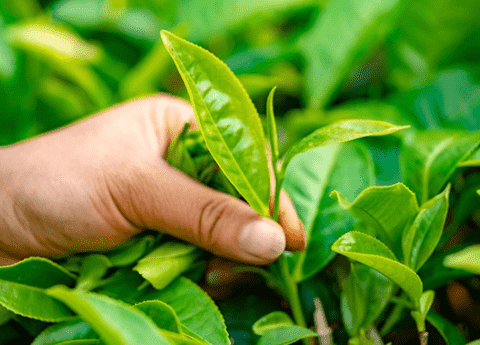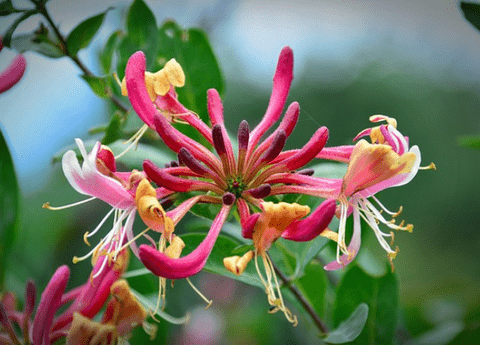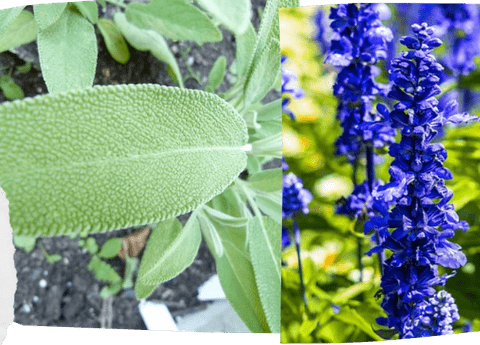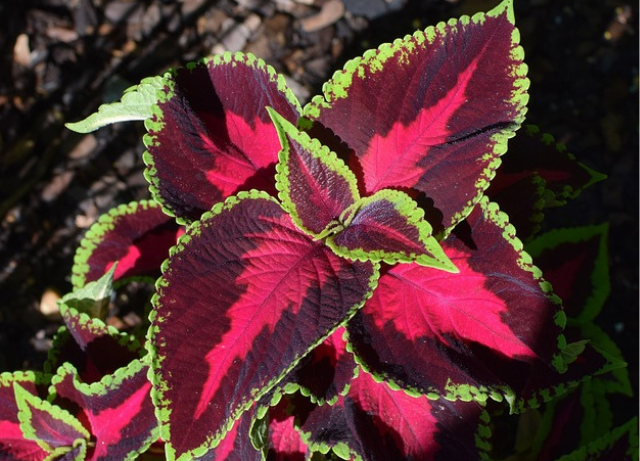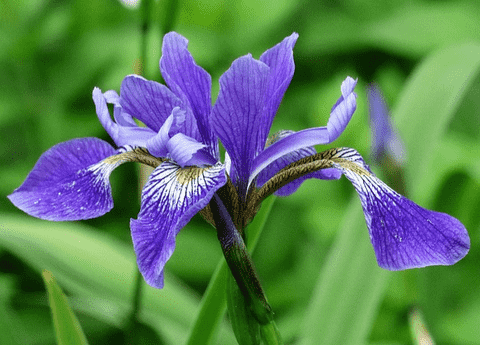Understanding Leaf Definition: Unveiling the Secrets of Plant Survival
Table of Contents
Leaves are the lifeline of plants, taking on a pivotal role in their growth and survival by performing essential functions. Understanding leaf definition is essential for students, botanists, and any individual interested in plant biology, as it illuminates the intricate mechanisms that sustain life on Earth. With their diverse shapes, sizes, and structures, leaves are fascinating botanical organs that facilitate photosynthesis, a process that is crucial for converting sunlight into energy, thereby enabling plants to nourish themselves and thrive. In this piece, we will delve into the multifaceted functions of a leaf, thoroughly examine the numerous parts of a leaf, and explore how the intricate design of a leaf’s structure is finely tuned to optimize photosynthesis. This, in turn, supports plant survival by adapting to varying environmental conditions, thereby demonstrating the resilience and adaptability of plants. Join us as we unveil the secrets of plant resilience through the detailed exploration of leaf anatomy and its exceptional roles in the ecosystem.
Introduction to Leaf Definition

What is a Leaf Definition?
Leaf definition encompasses the thorough study and understanding of a leaf’s form, function, and significant role within plant biology. A leaf is a vital and indispensable organ of a plant, primarily involved in the essential processes of photosynthesis, transpiration, and gas exchange. Its complex structure is ingeniously designed to capture sunlight, enabling the conversion of light energy into chemical energy through photosynthesis. This transformative process supports not only the plant’s energy requirements but also contributes significantly to the oxygen and carbon dioxide balance in the atmosphere, a critical component of the Earth’s life-supporting systems. Additionally, the structure of leaves varies across different species, adapting to a wide range of environmental conditions, which can substantially influence its efficiency in performing these essential functions. Understanding leaf definition helps us appreciate the intricate and symbiotic relationship between a plant and its environment. By studying leaf anatomy and morphology, botanists and students can gain valuable insights into plant adaptation mechanisms, resilience, and survival strategies. This knowledge is fundamental for both academic pursuits and practical applications, spanning from agriculture to conservation efforts, and plays a crucial role in understanding broader ecological dynamics.
Importance of Understanding Leaves
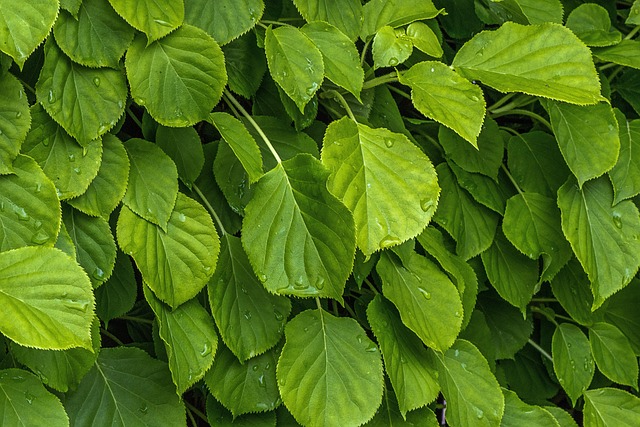
Understanding leaves is pivotal for comprehending the complex ways in which plants interact with their immediate environment and sustain life on Earth. Leaves are the primary sites for the process of photosynthesis, an essential biological process that converts sunlight into chemical energy, effectively fueling plant growth and development. This process acts not only to support the individual plant but underpins entire ecosystems by forming the base of the food web, thereby feeding herbivores, which in turn support carnivores. Additionally, leaves play a crucial and multifaceted role in the global carbon cycle by absorbing carbon dioxide and releasing oxygen, thus maintaining the delicate atmospheric balance necessary for life. For botanists and students, studying leaves provides an opportunity to uncover evolutionary adaptations that enable plants to flourish in diverse climates and conditions around the world. In-depth knowledge of leaf structure and function can lead to improvements in agricultural practices by informing decisions on crop selection and breeding for desirable traits such as drought resistance or enhanced photosynthetic efficiency. Furthermore, understanding leaves is indispensable for conservation efforts, helping to protect plant biodiversity and ecosystems that are under threat from climate change and human activity, thereby ensuring the sustainability of life-supporting systems.
Functions of a Leaf
Photosynthesis: The Powerhouse
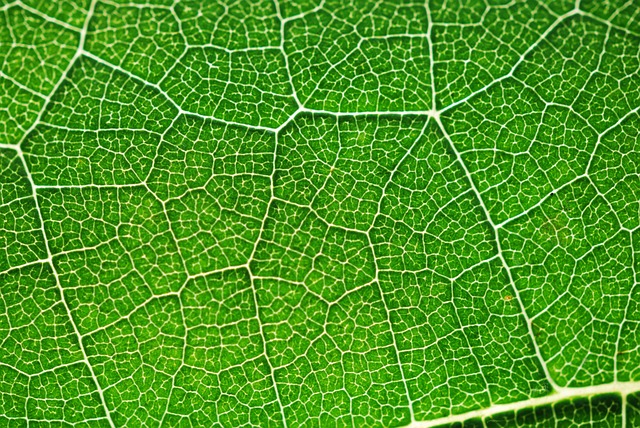
Photosynthesis is the cornerstone of a plant’s survival, occurring primarily in the leaves, epitomizing the biological complexity and efficiency of plants. This process transforms light energy into chemical energy, stored as glucose, which in turn fuels a plant’s growth and numerous metabolic activities necessary for survival and reproduction. Within the leaf, chlorophyll captures the radiant energy of sunlight, initiating a series of biochemical reactions that convert carbon dioxide and water into glucose and oxygen. The leaf’s architecture facilitates this process, with its broad, flat surface designed to maximize sunlight absorption and its internal organization optimized to promote efficient gas exchange and nutrient distribution. The oxygen produced during photosynthesis is released into the atmosphere, significantly contributing to the Earth’s oxygen supply, which is vital for the survival of aerobic organisms, including humans. Understanding photosynthesis is crucial as it underpins plant productivity, has far-reaching implications for agriculture, ecology, and climate science, and can inspire technological advances. Enhanced photosynthetic efficiency can potentially lead to improved crop yields, offering better adaptation strategies to cope with the challenges posed by climate change. Furthermore, this process serves as a model for the development of renewable energy technologies, inspiring innovations such as artificial photosynthesis to harness solar energy in a sustainable manner, thus providing long-term solutions to energy needs.
Transpiration and Gas Exchange
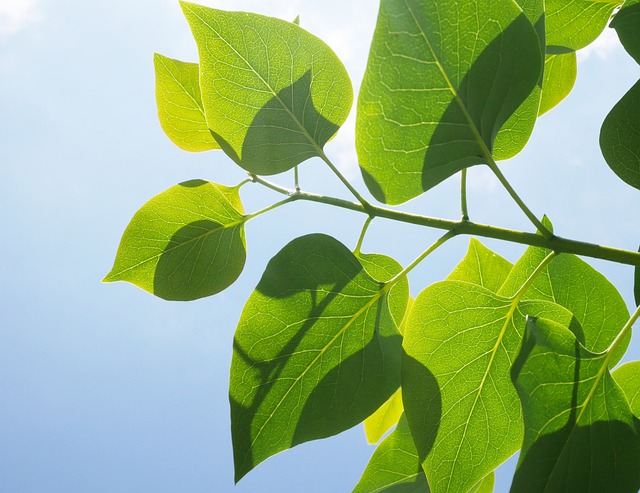
Transpiration and gas exchange are critical functions of a leaf that regulate the plant’s internal environment, ensuring its growth, stability, and resilience. Transpiration involves the evaporation of water from the leaf’s surface, primarily through microscopic openings known as stomata. This process generates a negative pressure gradient that actively draws water and essential nutrients from the plant’s roots to the leaves, facilitating nutrient transport and maintaining the plant’s cellular turgor pressure, which is essential for structural rigidity and health. More than just water transport, transpiration has the added benefit of helping to cool the plant and maintain temperature homeostasis, crucial for metabolic efficiency. Gas exchange occurs simultaneously, allowing carbon dioxide to enter the leaf for photosynthesis while oxygen, as a byproduct, is released into the atmosphere. The stomata dynamically adjust their opening to efficiently balance the plant’s water retention needs with its photosynthetic demands. Understanding the nuances of these processes is vital for optimizing water use efficiency in agriculture, particularly in regions that are prone to drought or experiencing erratic climatic patterns. Moreover, studying transpiration and gas exchange can contribute to formulating strategies aimed at mitigating the adverse impacts of climate change on plant species and ecosystems, thus ensuring their long-term resilience and sustainability.
Exploring Leaf Structure
Key Parts of a Leaf
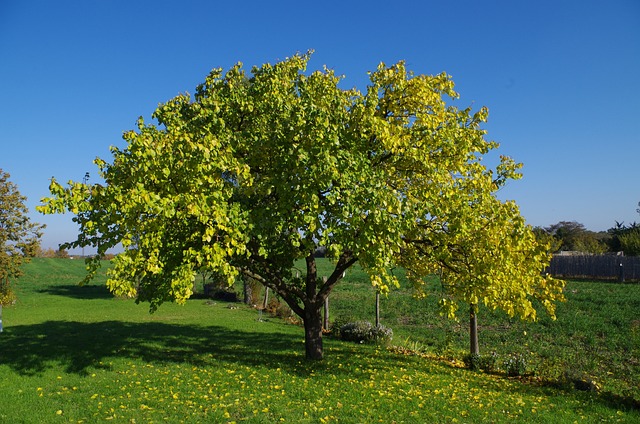
Understanding the key components of a leaf is essential for grasping how it supports photosynthesis and performs other vital functions necessary for plant survival. A typical leaf comprises several distinct parts, each serving a specific and unique role. The blade, or lamina, is the broad, flat portion that plays a crucial role in capturing sunlight. It is intricately supported by a network of veins, which transport water, nutrients, and the by-products of photosynthesis throughout the leaf, ensuring its proper function and connection with the rest of the plant. The petiole acts as the critical connection between the leaf and the stem, providing necessary structural support and serving as a conduit for the flow of nutrients. The leaf’s upper and lower surfaces are covered by a waxy protective layer known as the cuticle, which plays a vital role in minimizing water loss and protecting against external environmental challenges. Beneath the cuticle lies the epidermis, which houses stomata that facilitate essential gas exchange processes. Inside the leaf lies the mesophyll, the primary site of photosynthesis, consisting of palisade and spongy cells that are enriched with chlorophyll, the pigment that captures light energy. The design and strategic arrangement of each part optimize the leaf’s efficiency in capturing sunlight, regulating gas exchange, and maintaining structural integrity, which are crucial for overall plant health and survival.
Variations in Leaf Design

Leaf design varies widely among plant species, reflecting their adaptations to different environmental conditions and ecological niches, showcasing nature’s diversity and adaptive ingenuity. These variations in leaf structure manifest in differences across various parameters such as size, shape, margin, and venation patterns, each tailored to the environmental challenges faced by the plant. For example, needle-like leaves are common in coniferous trees, where their reduced surface area minimizes water loss in arid or cold climates by reducing transpiration potential. Conversely, broad, flat leaves are typically found in tropical plants, allowing them to maximize sunlight absorption in dense forest environments where light competition is intense. In contrast, some plants, like cacti, have evolved leaves that are modified into spines, reducing water loss to an absolute minimum while simultaneously playing a role in deterring herbivores.
The margins of leaves can be smooth, serrated, or lobed, each providing specific advantages in terms of water retention or defense mechanisms. Venation patterns, such as parallel or reticulate, impact the leaf’s structural support and its capacity for effective nutrient and water distribution.
Understanding these variations and their advantages is crucial for botanists and ecologists, as they provide insights into a plant’s evolutionary history, ecological strategies, and potential responses to environmental changes, Enhancing our understanding of biodiversity and the intricate dynamics of ecosystems.
This knowledge is not only essential for scientific understanding but also for practical application in fields such as ecology, conservation, and even horticulture, where adaptation strategies can be leveraged for cultivating resilient plant varieties.

